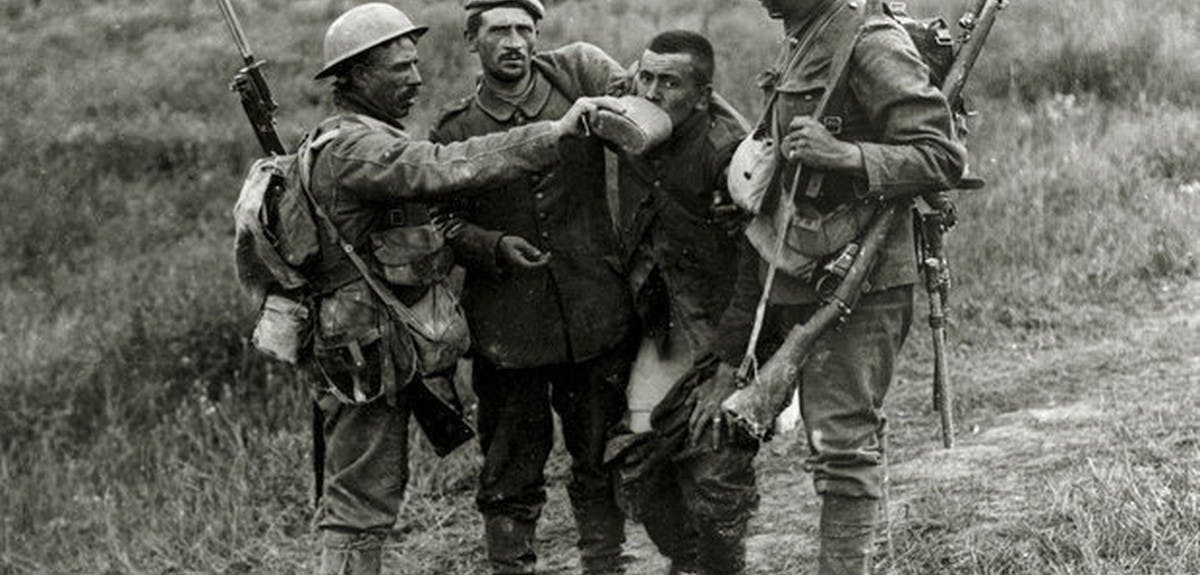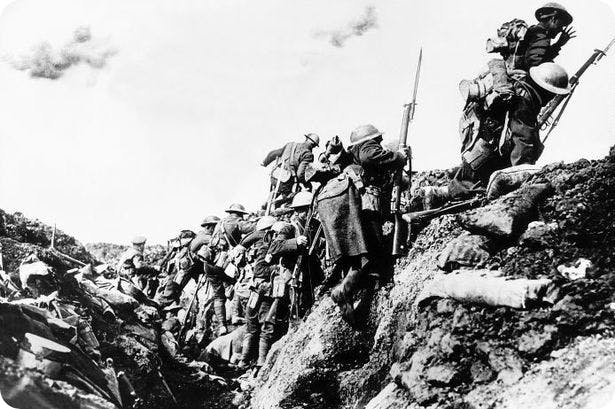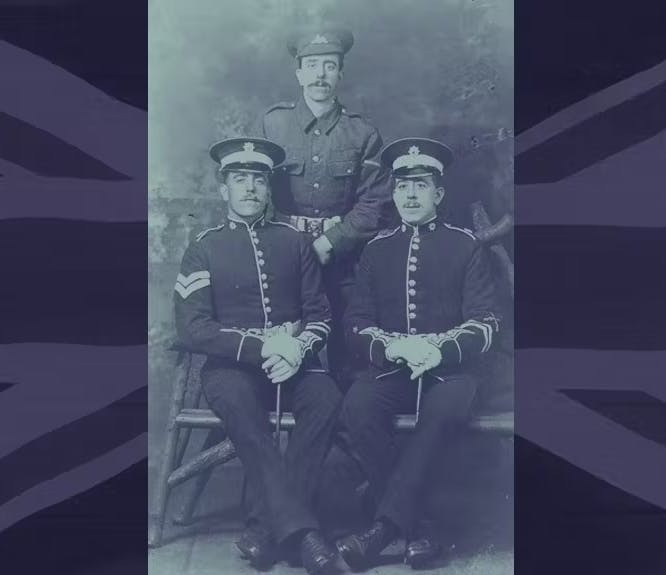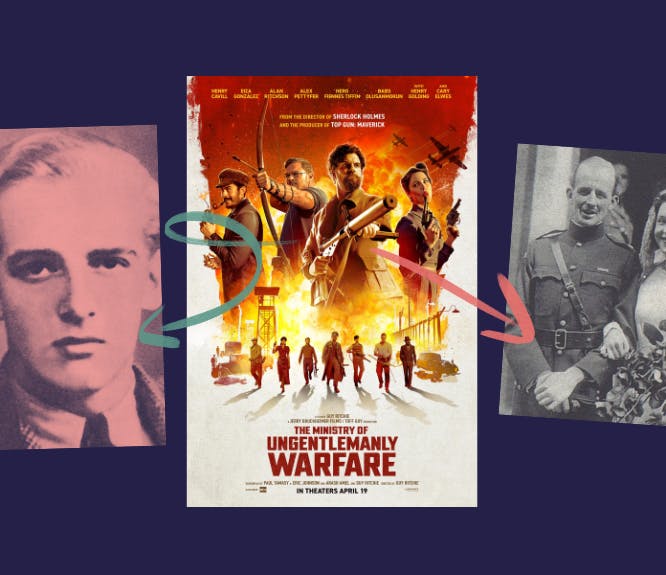Shot at dawn: Men and boys "absent without leave" during World War 1
3-4 minute read
By The Findmypast Team | October 21, 2015

Desertion, or absence without leave, was considered one of the worst offences possible as a member of the British and Commonwealth Armies during World War 1.
As such it was punishable by death, and 306 men, many of whom were still teenagers, were shot at dawn by their comrades between 1914 and 1919. Soldiers absent without leave were reported with full descriptions in the Police Gazette, which you can read here.
"306 men, many of whom were still teenagers, were shot at dawn by their comrades between 1914 and 1919"
Firing squads were made up of a six or a dozen soldiers, one of whom was presented with a rifle full of blanks, so that no-one would know for certain who fired the fatal shots. Often they were wounded soldiers recovering away from the front but with enough strength to hold a Lee Enfield. Some were under 16, and like many who faced execution, officially too young to be in the army.
Some men, in defiance of the verdict of cowardice, faced their death without a blindfold. If a man was still alive after the firing squad, the officer in charge finished him off with a pistol.
The first man to be shot for desertion was 19-year-old Thomas Highgate. On 6 September 1914 during an exhausting retreat from Mons, Thomas asked permission to fall out to “ease himself".
Later that day, after just an hour or two, Thomas was found dressed like a civilian in the grounds of a chateau, where he had apparently confessed to a gamekeeper that he had “had enough of it, I want to get out of it, and this is how I am going to do it."
Thomas protested at his court martial hearing that he'd have every intention of rejoining his unit. He claimed to have no memory of how he'd come by his civilian clothes. Apparently gripped by a crisis of confidence, senior officers made an example of Thomas and he was shot at 7am on 8 September, before an audience of soldiers from two other units.
Other tragic stories followed. 16-year-old James Crozier from Belfast was barely conscious when he was shot for desertion, having been given so much rum beforehand. He had to be carried to his death by his fellow soldiers.
Private Abe Bevistein, also 16, was shot near Calais for deserting his post. Before his court martial hearing he wrote to his mother:
“We were in the trenches. I was so cold I went out (and took shelter in a farm house). They took me to prison so I will have to go in front of the court. I will try my best to get out of it, so don't worry."
16-year-old James Crozier from Belfast was barely conscious when he was shot for desertion having been given so much rum beforehand.
Soldiers who ran away while on leave at home tended to receive more sympathetic sentences than those who deserted while on active service. Many who did so were barely more than boys, and had gone home to their mothers. Notably, not one soldier who faced a court martial on home soil was executed.
"16-year-old James was barely conscious when he was shot for desertion having been given so much rum beforehand"
Court martial was always swift, and while a condemned man had the right to petition the king for clemency, the fact that not one did so suggests that soldiers were unaware of this right. They had no access to formal representation when they were tried, and on 13 January 1915, General Order Routine 585 was issued, essentially reversing the principle of “innocent until proven guilty".

The military death penalty was outlawed in 1930. It has since been claimed that even a century ago, and allowing for the extremity of prevailing circumstances, the army had no right to kill soldiers in this way.
Thousands of men, as demonstrated in letters home, were in stages of mental collapse, driven near insane after seeing their friends massacred on the battlefield and waiting for their inevitable turn. Utterly confused, they would have been unable to fully comprehend their actions or the consequences.
"Thousands of men were in stages of mental collapse, driven near insane after seeing their friends massacred on the battlefield
[](span)
"
Shellshock was only recognised in print for the first time in print in 1915, and 80,000 cases were diagnosed by the end of the war, though thousands more doubtless went unspotted. The constant noise in the trenches was enough to send a man mad, as constant pounding on the eardrums can produce unbearable pain.
No allowance was made for soldiers' ages when they were tried at court martial, and so many, as well as their families at home, were let down by a brutal system which placed order above their own lives.
Related articles recommended for you

Preserving the story of your ancestry: our expert guide to writing your family history
Help Hub

Five must-read books to discover more about the British Army during the First World War
History Hub

The incredible true story behind The Ministry of Ungentlemanly Warfare
History Hub

